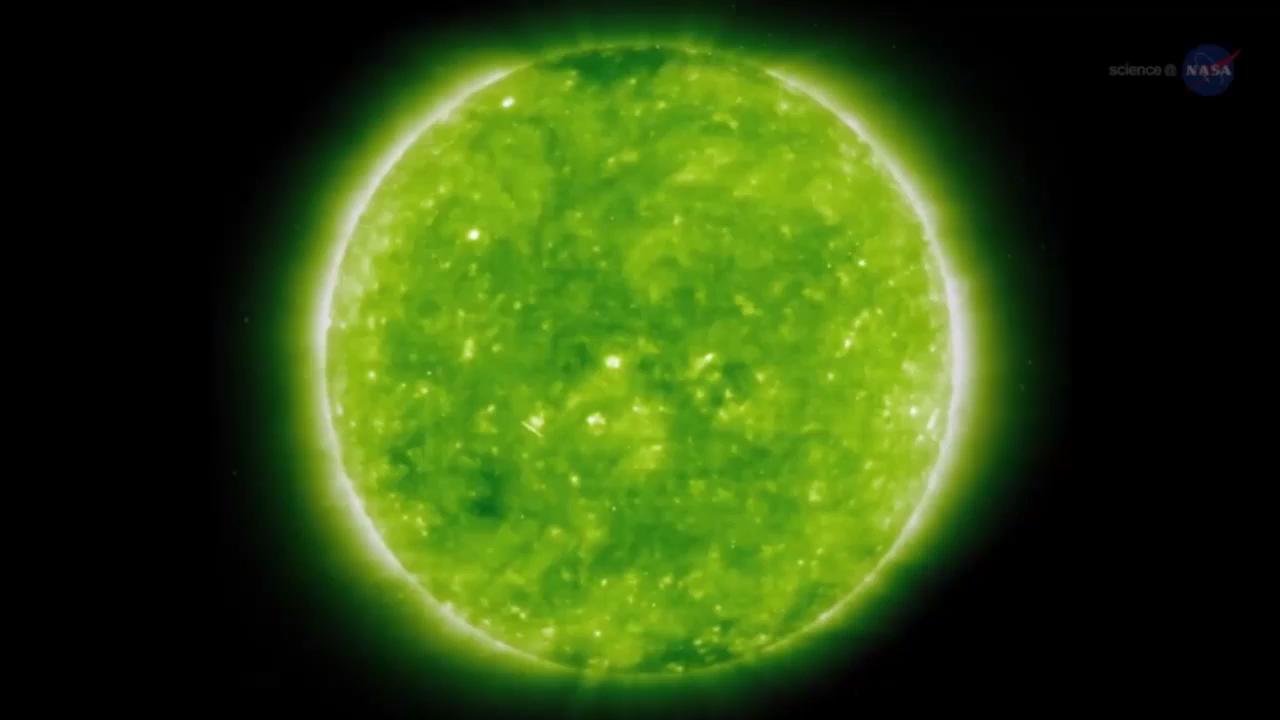Deep solar minimum is here and it could cause travel CHAOS and FREEZING
THE solar minimum has arrived and scientists are warning of travel and climate CHAOS on Earth as they notice an all time high in cosmic rays.
A lack of solar particles from the Sun is a sign the solar minimum is here, and it is allowing more cosmic particles – particles from deep space – to penetrate Earth. During a solar maximum, the Sun gives off more heat and is littered with sunspots. Less heat in a solar minimum is due to a decrease in magnetic waves. Fewer magnetic waves equates to the Sun being slightly cooler, and experts are expecting the solar minimum to deepen even further before it gets warmer.
With less magnetic waves coming from the Sun, cosmic rays find it easier to make their way to Earth as they have to battle against less solar winds.
Now, with cosmic rays at an all time high, scientists know the Sun is about to enter a prolonged cooling period.
And scientists warn that more cosmic particles hitting Earth can have serious impacts for our planet, including on air travel and for our climate.
Meteorologist Paul Dorian wrote for Perspecta Weather: “The Sun continues to be very quiet and it has been without sunspots this year more than half the time as we approach what is likely to be a deep solar minimum.
“One of the natural impacts of decreasing solar activity is the weakening of the ambient solar wind and its magnetic field which, in turn, allows more and more cosmic rays to penetrate the solar system.
“The intensification of cosmic rays can have important consequences on such things as Earth’s cloud cover and climate, the safety of air travellers and as a possible trigger mechanism for lightning.”
A long and deep solar minimum can also cause temperatures to plummet on Earth.
The last time a prolonged solar minimum was in effect was the Maunder minimum, which saw seven decades of freezing weather, began in 1645 and lasted through to 1715, and happened when sunspots were exceedingly rare.
During this period, temperatures dropped globally by 1.3 degrees celsius leading to shorter seasons and ultimately food shortages in what was called a “mini Ice Age”.
Vencore Weather, a meteorological website, said: “Low solar activity is known to have consequences on Earth’s weather and climate and it also is well correlated with an increase in cosmic rays that reach the upper part of the atmosphere.
“The blank Sun is a sign that the next solar minimum is approaching and there will be an increasing number of spotless days over the next few years.”





